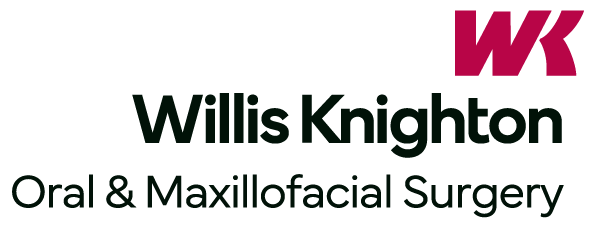Pierre Robin Sequence
What Is Pierre Robin Sequence?
Pierre Robin sequence (PRS) is a birth defect that involves an abnormally small lower jaw and a tendency for the tongue to fall backward toward the throat and block the airway. PRS is called a sequence because it is thought to result from a series of events that take place as the embryo forms in early pregnancy. In PRS, it is thought that the initial defect of the fetus's lower jaw leads to abnormal placement of the tongue. The displaced tongue causes clefting of the palate.
What are Common Symptoms of Pierre Robin Sequence?
Babies born with Pierre Robin sequence (PRS) may have cleft palate (roof of the mouth), micrognathia (small jaw) and glossoptosis (tongue obstructing the airway). The cleft palate is typically rounded, sometimes called U-shaped, in comparison with the more common V-shaped cleft seen in other conditions. The baby also has a much smaller jaw marked by a receding chin. The tongue can appear large due to the small jaw and is often held far back in the throat. To diagnose this condition, your doctor will examine your child carefully. An exam may be all that’s needed for diagnosis. When a baby is born with PRS, it is important to be sure they have no other abnormal conditions. In the first several months of life, the jaw often grows enough to improve breathing symptoms, but some children need surgery. So your doctor may do tests to check for other conditions.
What Types of Treatments Exist to Treat PRS?
In the first months of life, the infant must be able to breathe and eat to survive and thrive. The first priority is keeping the upper airway open so the infant can breathe easily. Since the tongue often blocks the upper airway when the infant is placed on their back, placing the infant on their stomach is often necessary. Most times keeping the infant on their stomach is enough to prevent airway obstruction. If placing the infant on their stomach does not solve the problem, other treatments aimed at keeping the upper airway open are used. These include a nasopharyngeal airway or nasal trumpet (a small tube placed through the nose into the upper airway). If these treatments do not work, the lower jaw may need to be enlarged through a technique called distraction osteogenesis. This technique slowly lengthens the jawbone using a small metal device. Other difficulties may accompany feeding and breathing problems. Two common problems are reflux of stomach contents into the throat and aspiration of liquid into the windpipe. These conditions are treated with medicine and dietary changes.
How Do You Manage the Teeth Problems?
It's best for a child with PRS to be treated by an orthodontist or pediatric dentist who works with a craniofacial team. To determine how the child’s jaws are growing, the orthodontist will take X-rays of the sides of the face.
Copyright © 2025 Willis Knighton Oral & Maxillofacial Surgery Specialists. All rights reserved.


